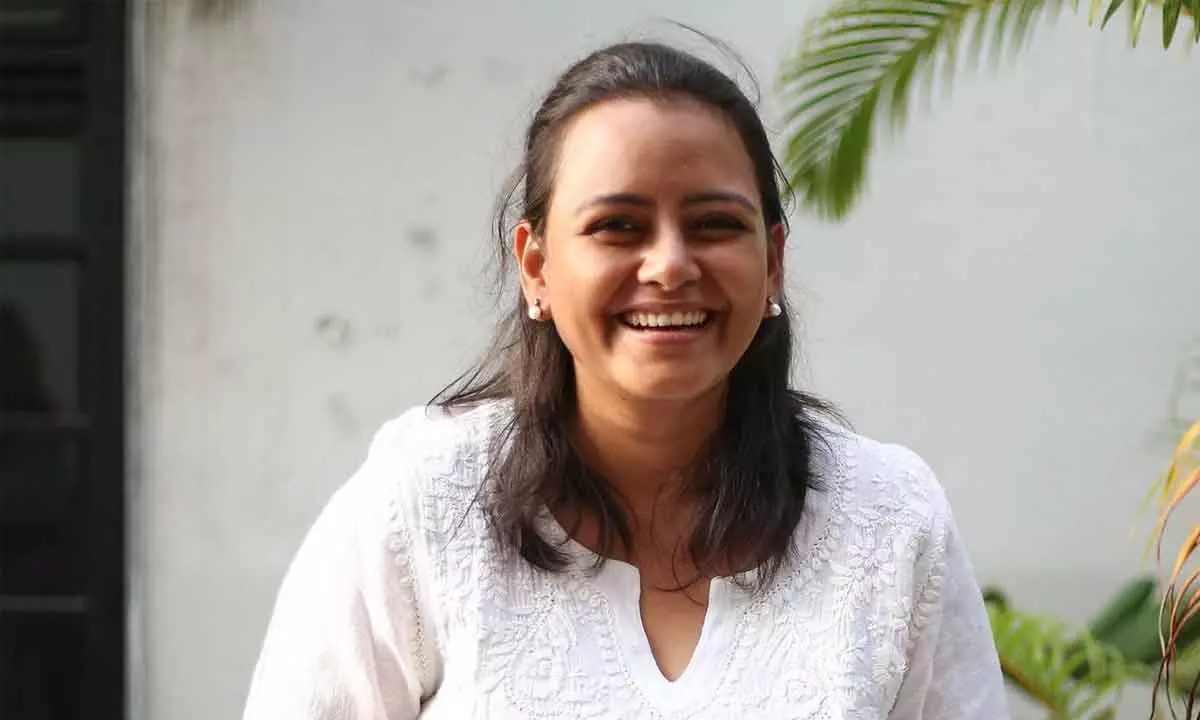Flavoured teas gaining traction across globe as consumers look for healthier beverages
In India - this is not a new trend because as a country we are used to drinking homemade kadhas; However - outside, this has picked up very well post Covid
image for illustrative purpose

The Indian tea Industry mostly used to reserve its finest teas for export purposes. What was often available to domestic people was access to inferior tea variants and not the ideal tea drinking experience they deserved. That’s what this couple felt and they realized it was high time to bring recognition to the beguiling world of Indian teas and put it on the global map. They devised a unique tea sourcing process, working with the iconic tea gardens of India, and procuring teas within 24 to 48 hours of sampling and keep them under 3-4 per cent moisture levels. Next, they hand sorted and cleaned the whole leaves for impurities, before they vacuum packed and stored them in a controlled dehumidified environment, which in turn, guarantees their freshness. Thus came Teabox. From fresh exotic blends to enticing floral tisanes, they help connoisseurs of tea explore their range of hand-crafted blends.
Speaking to Bizz Buzz exclusively, Prachi Jain, Co-founder and Brand Director, Teabox, narrates the journey of Teabox and how the couple along with other team members created a successful brand- Teabox that connects tea to tea drinkers, not to distributors, not to resellers. It’s all about bringing to people cuppa that cheers!
What was the trigger to start off Tea Box?
I would say that the ‘trigger’ to start Tea Box was dual. First, we wanted to provide incredibly high quality and fresh teas to consumers around the world, something that my husband- Kausshal (Dugarr) was used to growing up with. And second, our idea was to build a home grown brand direct from source that is rooted in the region and can bring the impact back to the source. So, you can say these are the two basic ideas we started the Tea Box journey with.
What was the basic revenue model you looked at while floating Tea Box?
Our basic revenue model, when we started off, was quite simple - we would buy high-quality teas, and ensure that they are shipped within days to customers, obviously at a profit.
Did you have to change or tweak this revenue model in between?
Not really. We have all along stayed true to what we started with. And we are continuing with that.
Who all are your investors and how much did they invest in the company?
We are very proud that we have a very well diversified investor base including intuitional and angel investors. But if you ask me, I would say that the best part is most of our angel investors are the ones who started as our customers and then invested in the company.
How much stakes did you have to dilute to get these funding?
We did have to dilute a bit (and that’s understandable), but thankfully not too much. We are happy about that.
Are you looking at any fresh funds mobilisation?
Given that we are already profitable and growing comfortably, at this point of time - we are not looking to raising any fresh funds. For the time being we are quite comfortable and no plans to raise fresh funds.
How many countries are you supplying tea to at this point in time? What are your future plans? How do you plan to scale up?
At this point in time, we ship to more than 125 countries with 4-6 countries being major. Our future plans are to expand to additional marketplaces where we already have a good customer base. We are working on that.
How has functional/flavoured tea been growing in India vis-a-vis other countries?
Flavoured/functional teas are growing both in India and outside and their growth has only accelerated after the Covid pandemic. The demand for such functional teas has increased in the country particularly after the onset of Covid-19, as tea augmented with spices and natural herbs is known to boost immunity. In India - this is however not a new trend because as a country we are used to drinking homemade kadhas. However - outside, this has picked up very well as it also capitalised on the trend of immunity/health post-Covid.
Do you think that the growth of such teas has been faster compared to traditional teas, post Covid, with people preferring medicinal/immunity booster teas?
The growth of green teas/functional teas has only accelerated, but it's still a relatively small portion compared to the traditional tea segments of chai (CTC) and single estates teas. The size of the flavoured tea market in terms of volume and price is approximately 60 million kilograms and Rs 3600 crore respectively. So, as of now, the flavoured tea market amounts to about 10 per cent of the entire packet tea consumption in India. I, personally, feel that habits take a while to change clearly. However in terms of value/kg, this segment is way more profitable.


